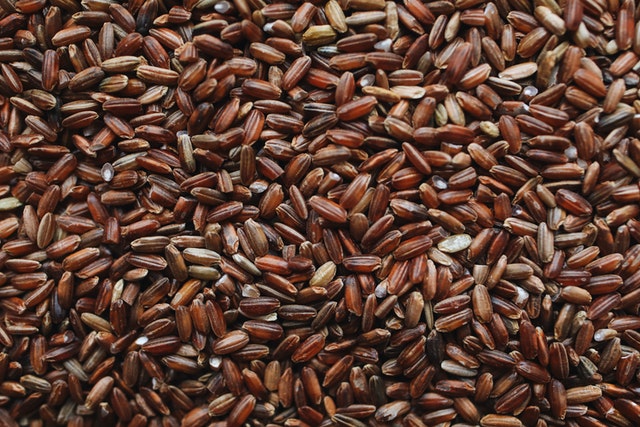Having diabetes doesn’t mean you only have boring food options to choose from; you just need to do a little more research on the food options best suitable for you. Brown rice is one such option that you can opt for. Brown rice is a whole grain that has had less processing than white rice and retains its nutrient-rich bran and germ. It has a remarkable nutritional profile and contains plenty of vitamins, minerals, fiber, and antioxidants, which makes it better and more beneficial than white rice for people with diabetes.
Nutrition in Brown Rice
In addition to being high in fiber, brown rice also has plenty of protein, magnesium, iron, zinc, and vitamins B1, B3, K, and E. Ferulic acid, potassium, lysine, calcium, phosphorus, selenium, and health-promoting essential fatty acids are also present in large amounts. These nutrients help in enhancing digestion-related absorption.
Brown rice also contains flavonoids, a plant substance with potent antioxidant properties. Consuming foods rich in flavonoids has been linked to a lower risk of chronic diseases like heart disease, cancer, and Alzheimer’s. Brown rice also promotes weight loss and controls high blood sugar level.
Glycemic Index
Glycemic Index (GI) measures how quickly our blood sugar levels will rise after consuming a certain food. Foods with a low GI digest slowly without raising the blood sugar levels. Foods with medium and low GI values are ideal for people with diabetes. The GI of brown rice is 68, which falls in the medium category. That means people with diabetes can consume brown rice; however, they should be careful about the portion’s size.
Is Brown Rice Good for Diabetics?
-
- Lowers post-meal sugar levels: The fiber content in brown rice reduces post-meal blood sugar levels in overweight and type 2 diabetic individuals. It is also beneficial for everyone since it may reduce the risk of developing type 2 diabetes.
- Reduces bad cholesterol: The fiber content in brown rice also helps to lower bad cholesterol, balance blood sugar levels, and enhance heart health.
- Lowers Insulin surge: Brown rice reduces insulin surge and stabilizes blood sugar levels.
- Aids in weight loss: Brown rice has fiber, which keeps one feeling full for extended periods. So, eating fiber-rich meals can help one consume fewer calories.
- Increases Good Cholesterol: Brown rice increases good cholesterol in the body. Good cholesterol is essential to combat diabetes and promote heart health.
- Improves digestion: High blood sugar levels can cause digestive problems. However, the fiber content in brown rice keeps the digestive system healthy.
Cooking process
- Soak 1 cup of brown rice in water for 15 minutes. Wash and rinse with water.
- Put 1 cup of rice with 2 cups of water in a pot and bring it to a boil.
- Reduce the flame and simmer for 40 to 55 minutes or until the water is absorbed, and then turn off the flame.
Diabetes-friendly food with brown rice
‘Is brown rice good for diabetics?’ The answer to this question is evident, and you should definitely include brown rice as part of your diabetic diet. Here are some ways to incorporate brown rice into your diet:
- Switch to eating brown rice at meals as white rice has a high glycemic index that can spike blood sugar levels resulting in high blood sugar levels.
- Make fried rice using brown rice instead of white rice.
- You can prepare a healthy and delicious vegetable pulao with brown rice.
- Pongal is a healthy rice delicacy, and it gets healthier when prepared with brown rice.
- You can add brown rice to vegetable salads to make them healthier.
- Prepare tomato rice with brown rice.
- Your favorite khichdi can be made from brown rice and enjoyed at almost any time of the day.
- You could also make dosa batter with brown rice and enjoy a variety of healthy and delicious dosas.
Conclusion:
Consuming brown rice may provide significant long-term health benefits. However, if you have diabetes, it is advisable to eat it in moderation. Brown rice is rich in carbohydrates; however, fiber, antioxidants, vitamins, and minerals may help you manage diabetes by improving your blood sugar levels. Flavonoids and phenols help protect your body from oxidative stress.
Consuming brown rice raises the levels of HDL cholesterol, or good cholesterol, that the body needs to fight diabetes. The antioxidants in brown rice help prevent cell damage caused by free radicals and help reduce inflammation in your body.
If you are wondering, ‘Is brown rice good for diabetics?’ The answer is yes, and it provides a host of benefits for people living with diabetes.





